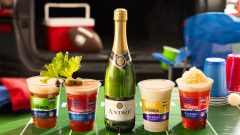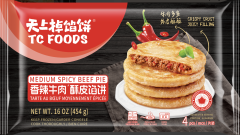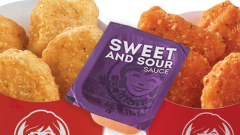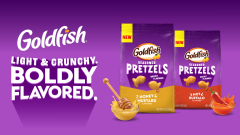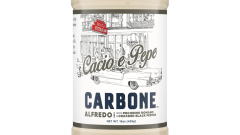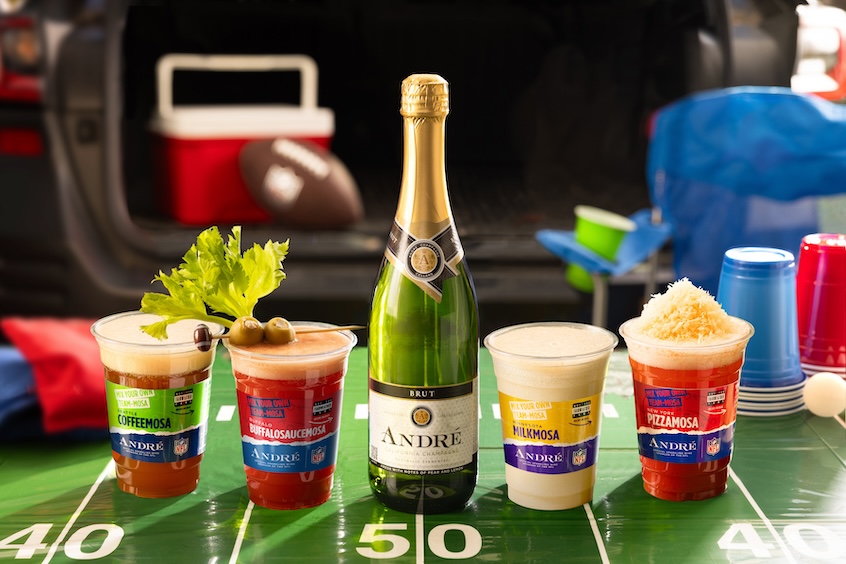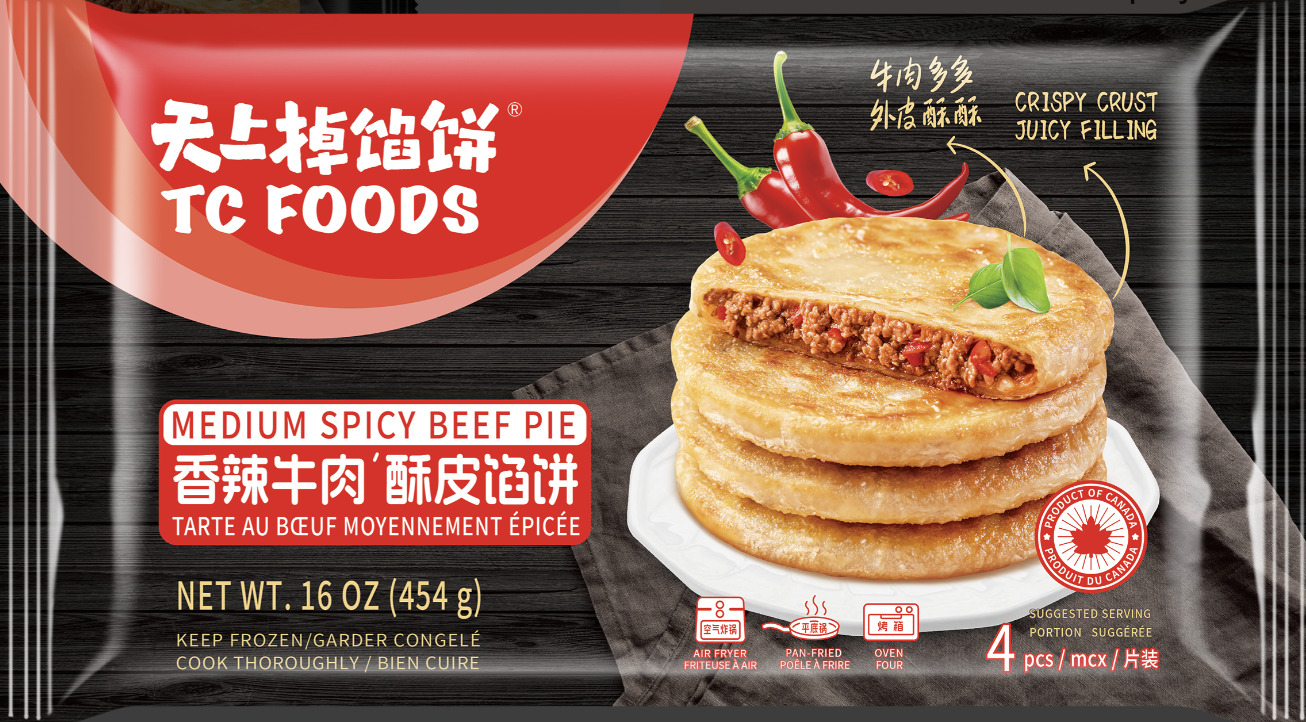Why We Call It Alcoholic ‘Proof’ (Or How British Sailors Used to Be Freaking Pyros)
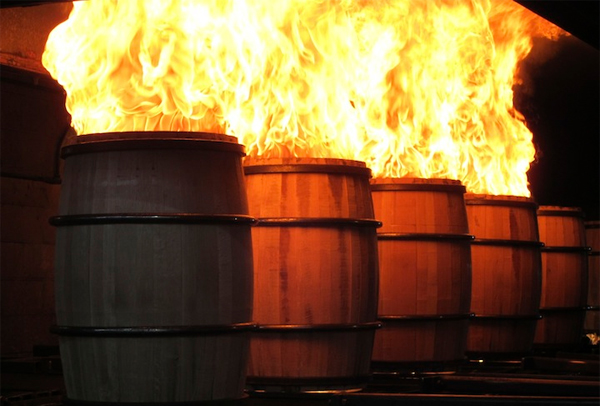
Picture a creaking ship. Disgruntled sailors. Cheating merchants. Toss in a bit of gunpowder and boredom and you have yourself the beginnings of our modern-day alcohol “proof” system. It turns out those seemingly arbitrary numbers printed on liquor bottles that require you to do MATH to figure out alcohol content actually have a semi-reasonable explanation. That is, in order to protect themselves against watered-down booze, sailors in the British navy used to mix their rum with gunpowder, taking note that only alcohol that hadn’t been diluted would actually ignite when lit. The flame, therefore, was considered “proof” the rum was actually worth anything – and proof these were probably not the people you wanted running your ship.
According to The Customs and Excise Act of 1952, spirits that were of “proof strength” needed to weigh exactly 12/13ths the volume of distilled water equal to the volume of the spirit at 51°F, or in layman’s terms, at least 57.1% ABV. Rum with this percentage of alcohol was considered to have “100 degrees proof,” while 100% ABV was 175° proof and 50% ABV was 87.5° proof. This system remained the technical standard in the UK until January 1980.
Of course, these are the same folks who spread their bass-ackwards English measuring system across the globe, only to abandon it to us stubborn Americans in favor of units that are much more precise. Not to mention that today’s proof conversion is a lot simpler than the old 7/4 ratio. Still, if you’re not itching to grab some gunpowder and set that sickly sweet Malibu on fire right now (for SCIENCE!), we aren’t doing our jobs right.
H/T Mental Floss, DCS, Wikipedia



